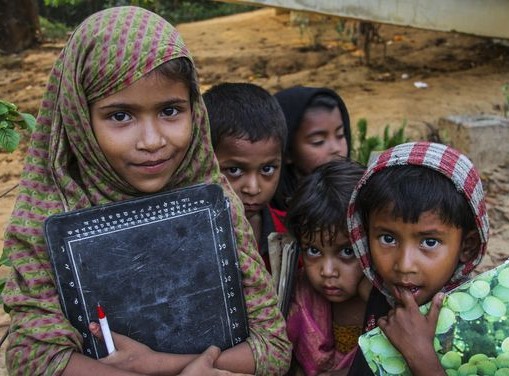
Suraksha Nepal Target groups refer to specific segments of the population that are the focus of interventions, programs, or initiatives aimed at addressing their needs, promoting their well-being, or achieving certain objectives. Here’s a perspective on some common target groups and their significance:
Women and Girls: Women and girls often face unique challenges and barriers to accessing opportunities and resources due to gender inequality and discrimination. Targeting interventions towards this group can promote gender equity, enhance women’s empowerment, improve maternal and child health outcomes, and foster economic participation and leadership opportunities. By investing in the education, health, and rights of women and girls, societies can unlock their potential as agents of positive change and contributors to sustainable development.
Children and Adolescents: Children and adolescents are critical stakeholders in shaping the future of societies. Targeting this group ensures they receive the necessary care, protection, and opportunities to thrive during their formative years. Interventions may focus on ensuring access to quality education, healthcare, nutrition, and protection from exploitation, abuse, and violence. Investing in the well-being and development of children and adolescents yields long-term benefits, including breaking cycles of poverty, promoting social cohesion, and fostering future leadership and innovation.
Youth: Youth represent a dynamic and diverse demographic group with specific needs, aspirations, and challenges. Targeting youth interventions can support their transition to adulthood, facilitate access to education, skills training, employment opportunities, and promote their participation in decision-making processes. Empowering youth empowers communities, as they bring energy, creativity, and innovative solutions to addressing pressing social, economic, and environmental issues.
Elderly Population: Aging populations present unique challenges related to health, social inclusion, and economic security. Targeting interventions towards the elderly population can promote healthy aging, ensure access to healthcare, social support networks, and age-friendly environments. Addressing the needs of older adults contributes to enhancing their quality of life, preserving their dignity, and harnessing their valuable contributions to society.
Marginalized and Vulnerable Groups: Marginalized and vulnerable groups, including ethnic minorities, indigenous peoples, persons with disabilities, refugees, and internally displaced persons, often face multiple forms of discrimination and exclusion. Targeting interventions towards these groups can help address disparities, promote social justice, and ensure their rights and needs are recognized and addressed. Empowering marginalized and vulnerable populations strengthens social cohesion and contributes to building more inclusive and resilient societies.
By identifying and targeting specific groups based on their needs and circumstances, interventions can be tailored to maximize impact, promote equity, and advance sustainable development goals. Each target group represents a unique opportunity to address systemic inequalities, promote social justice, and create positive change within communities and societies.